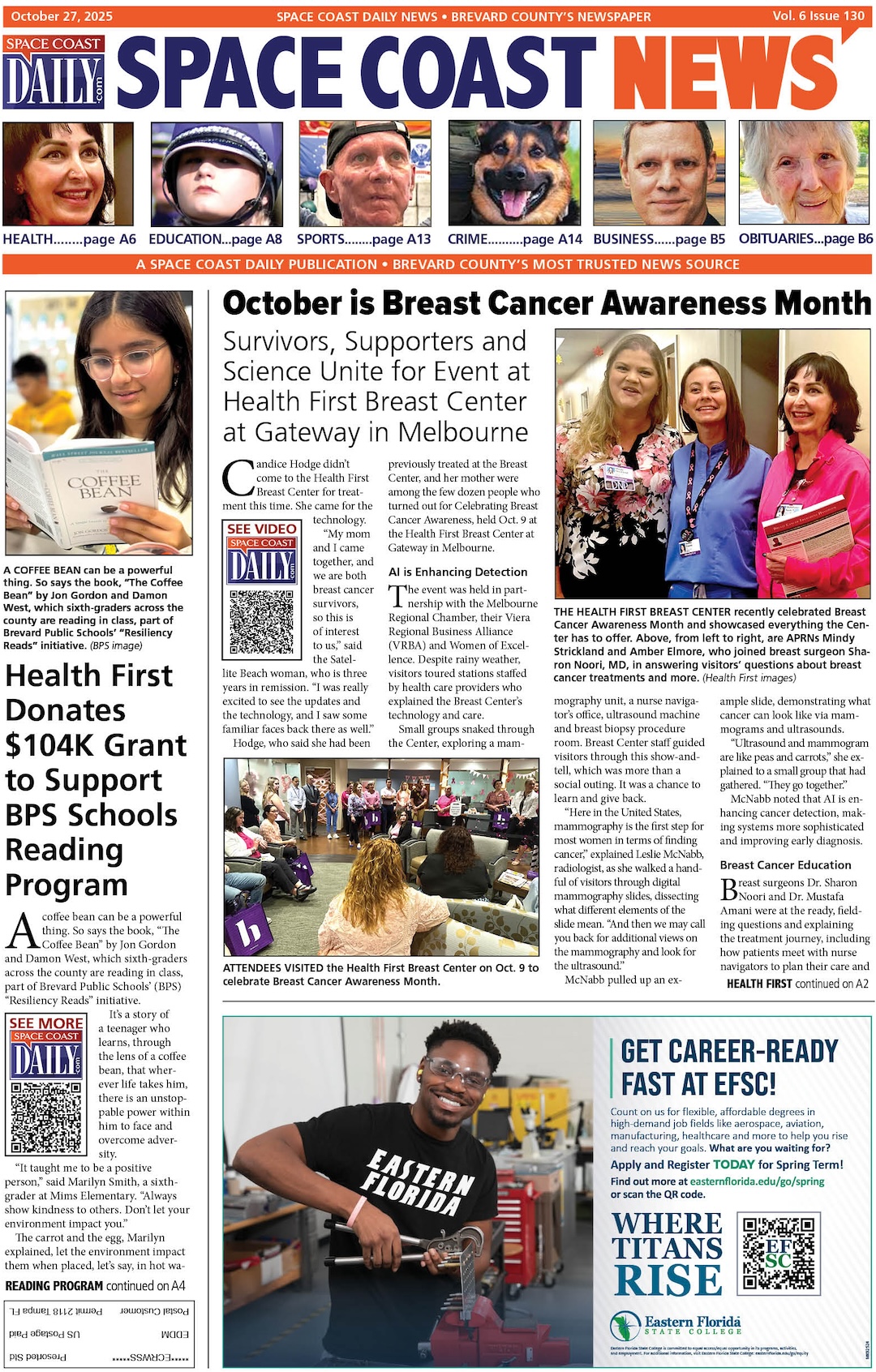Proving Economic vs. Non-Economic Damages in Injury Lawsuits
By Space Coast Daily // November 12, 2025

When someone suffers harm from an accident, the financial and emotional consequences often extend far beyond immediate medical bills. Personal injury law allows victims to recover compensation for both measurable losses and intangible suffering. Understanding how courts and insurers calculate these two categories, economic and non-economic damages, helps claimants prepare stronger cases. Success depends on presenting solid evidence that shows how the injury disrupted every aspect of life, from income to emotional well-being.
Understanding the Two Categories of Damages
Damages in injury claims fall into two broad types. Economic damages represent quantifiable financial losses, such as hospital expenses, lost wages, and property damage. Non-economic damages reflect the emotional and psychological effects of an injury, including pain, distress, and loss of enjoyment of life. Both play essential roles in achieving full compensation, but proving each requires a different strategy. Many victims work with the injury attorneys at Trantolo & Trantolo, who know how to organize documentation and expert testimony that effectively validates both categories.
Establishing Economic Damages with Concrete Evidence
Economic damages rely on records, receipts, and financial statements that demonstrate how the injury affected the victim’s economic stability. Medical bills, rehabilitation invoices, and prescription costs form the foundation. Employers provide wage statements or attendance logs to calculate lost income. In cases involving long-term disability, vocational experts estimate future earnings and the cost of retraining for a new career. These tangible documents provide judges and juries with a clear financial picture, enabling them to assess losses with measurable accuracy.
Evaluating Medical and Rehabilitation Expenses
Medical treatment often represents the most significant portion of economic damages. Costs include emergency transportation, surgeries, hospital stays, physical therapy, and ongoing care. To validate these expenses, victims must maintain detailed records from healthcare providers. Doctors’ notes describing treatment plans and recovery timelines connect the expenses directly to the incident. Insurers often challenge the necessity or duration of medical services, so presenting organized documentation ensures credibility. A consistent treatment record also reinforces claims for future medical needs.
Proving Future Financial Impact
Some injuries result in permanent impairments that reduce a person’s ability to earn income. Economists and vocational rehabilitation specialists analyze how disabilities limit employment opportunities. They consider age, education, and industry trends to forecast potential lifetime earnings. These projections form the basis for calculating long-term damages. Additionally, evidence of home modifications or adaptive equipment demonstrates the cost of maintaining independence after an accident. Establishing future impact requires both data and expert interpretation to withstand defense scrutiny.
Quantifying Non-Economic Damages
Unlike economic losses, non-economic damages involve experiences that lack direct monetary value. Pain, emotional trauma, and diminished quality of life vary widely among individuals. Courts rely on witness testimony, psychological evaluations, and personal journals to understand these effects. Attorneys often encourage clients to describe how the injury disrupted relationships, hobbies, and daily routines. This evidence helps jurors connect emotionally with the case, translating intangible suffering into fair compensation. The injury attorneys at Trantolo & Trantolo emphasize that compelling personal narratives often have as much influence on outcomes as financial documentation.
The Role of Expert Witnesses in Non-Economic Claims
Expert testimony provides credibility when discussing complex psychological or medical issues. Psychologists explain how trauma or chronic pain affects emotional health, while physicians describe the ongoing physical discomfort associated with specific injuries. Family members and close friends may testify about any behavioral or lifestyle changes that have occurred since the accident. Combining professional and personal perspectives paints a complete picture of the injury’s toll. Consistency between medical evaluations and personal accounts strengthens claims for non-economic recovery.
Addressing Insurance Company Tactics
Insurance adjusters frequently minimize non-economic damages by arguing that emotional distress or pain levels are exaggerated. They may rely on statistical averages or automated systems that undervalue suffering. To counter these tactics, attorneys present comprehensive documentation showing how the injury altered the victim’s life. Diaries detailing daily pain levels, canceled plans, or missed family events demonstrate genuine loss. Attorneys also challenge inconsistent defense arguments through expert testimony and comparative data from similar cases.
Proving the Link Between Negligence and Loss
A successful claim requires more than demonstrating suffering; it must connect directly to the defendant’s negligence. Evidence such as police reports, witness statements, and accident reconstructions establishes this link. Financial and emotional harm must result from the same wrongful act or omission. Clear causation ensures that courts assign responsibility accurately. This connection between negligence and measurable loss forms the legal foundation for both types of damages, determining the final amount of compensation.
Presenting Evidence Effectively in Court
The way evidence is presented influences how juries perceive value. Visual aids, timelines, and detailed charts help illustrate financial losses clearly and effectively. Demonstrative exhibits, such as photos of rehabilitation progress or videos showing daily struggles, provide context for non-economic claims. Compelling storytelling, supported by factual proof, ensures that jurors understand both the financial burden and emotional weight carried by the victim. Organization and authenticity often have as much persuasive power as the evidence itself.
Learning the Law to Strengthen Your Recovery
Understanding the distinction between economic and non-economic damages gives injury victims greater control over their cases. Knowing what documentation to collect and which experts to consult helps them present credible, detailed evidence. A comprehensive claim addresses both financial hardship and human suffering, ensuring that justice reflects the full extent of loss. When victims approach the process with preparation and clarity, they strengthen their position, improve negotiation outcomes, and restore balance to their lives after devastating injuries.












